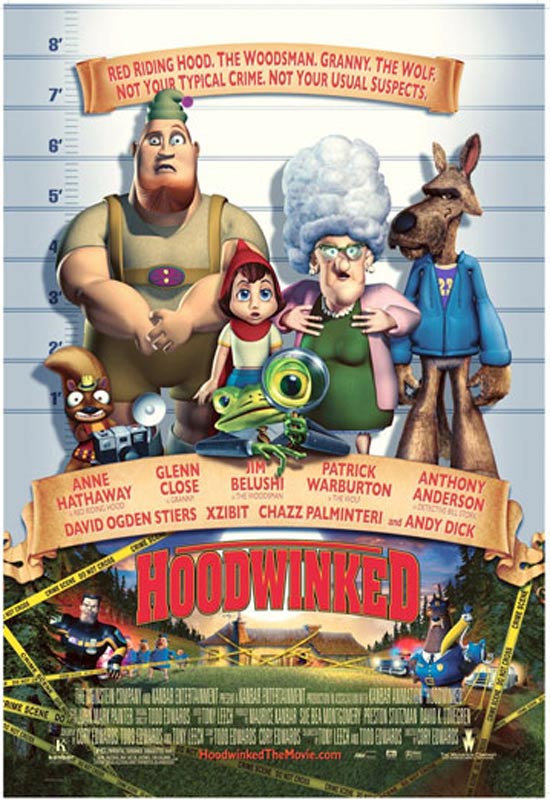
(Online views change the equation slightly as nota roja still has a weak online presence compared with prestige papers, according to Vera.) The most popular crime tabloid, El Gráfico, sells 300,000 copies a day, more than double any prestige paper. ¡Pásala! sells 180,000 copies daily, more than the city's prestige newspapers El Universal, Reforma and La Jornada, according to government data. "They report all the crimes happening in our area, things mainstream newspapers don't cover," he says.Įconomics are the clear driving force. Iván Huerta sells la nota roja in a subway station, transited primarily by working-class Mexicans, and he reads the papers while he works. Reporters rarely follow up on crimes or dig into the context behind them.ĭespite its problems, Vera says, the genre plays an important role in Mexico City. Articles often smear the dead as thieves and criminals, based on nothing more than a single witness statement. One of the most memorable for Vera was "Moronga de Ratón" - "Rat Blood Sausage." The grisly photo behind it showed an alleged thief whose guts were spilling onto the street after being run over by a truck.īeyond the graphic imagery, these papers embrace a simplistic view of crime.
La nota roja full#
They combine the city's daily gore with full nude spreads of models and sports scores. A lovers' quarrel turned homicidal: even better. "It has to be very bloody and very dramatic."Ī murder is good for these papers. "If you have blood, the more blood the better," says Sandra Vera Zambrano, a journalism professor at the Ibero-American University in the capital. He keeps a low profile because he knows his genre's reputation: The gory, uncensored photos of deceased will plaster newsstands across the city the next morning.Īlvarado works for a nota roja paper called ¡Pásala! ("Pass It On!") A woman crouches next to his body, obsessively stroking his arm while she weeps.Īlvarado holds his camera and dances around bystanders and possible relatives and friends of the victims, looking for the right angle. One of the victims looks young, a teenager. The bodies of two men lie in pools of blood. Sliding through the crowd of cops, he gets a clearer view of the crime scene. "There's a s*** ton of cops, family, maybe some people armed.

Alvarado quickly double-parks and hops out. The scene grows ominous: Police tape wraps around a funeral home. On a major north-south artery of the city, a parade of cop car lights beckons.
La nota roja drivers#
Nowadays, ambulance drivers are their main sources for crime scenes, as police have largely shut them out, Mexico City journalists say. The text is on a WhatsApp group reporters use to chase crimes. This is the kind of action that makes him speed and swerve through the light 2 a.m. But as he drives through the Mexico City streets on a recent night with NPR riding along, his phone lights up, and he does too.Ī text message says there's been a homicide with a firearm. Ordinary scenes of death like this are grunt work for Alvarado. "He said she showed signs of having been run over by a car, so that's what we'll run," he says. A moment later, he comes back with an answer.

Alvarado recognizes one of the techs and rushes over hoping for clues about the cause of death. Long overdue, crime scene investigation technicians arrive to take away the body. He sees this as part of his job as a reporter on the crime beat's night shift. So Alvarado plans to stay until forensics arrives. The curb a few feet from the corpse is just over a foot high. "The police say she fell from the curb and died but I don't think so," he says.


 0 kommentar(er)
0 kommentar(er)
